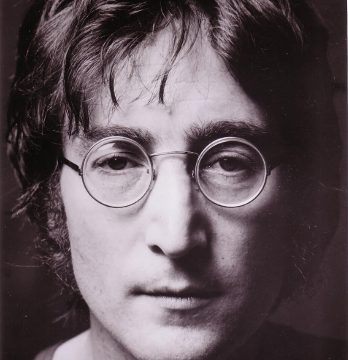by Morgan Meis
At the moment, I’m angry with Christopher Hitchens. Not because he died. A man dies. And angry is not really the correct word, nor the correct emotion. I’m frustrated with Christopher Hitchens, troubled by him, moved by him, enamored of him and then repelled at the attraction.
The first time I met Christopher Hitchens was at a Harper’s Magazine Christmas party just before the start of the Iraq War. Bloomberg had recently banned smoking in New York City and the intellectuals were pissed. In those days, Harper’s parties happened down in the basement at Pravda. It was all very arch. Smoking ban be damned. Lewis Lapham and his band of merry lit boys were going to light up the smokes anyway. Hitch had a Scotch in one hand and a cigarette in the other. But you’ve seen him like that a thousand times, in person, in pictures, on TV. I stood in line to speak with him. The line was moving smoothly until a woman in a red dress half a size too small for all her stuff gummed up the works. You could hear the collective groan all along the line as she stepped up to the Hitch. This was going to take a while.
I gave him a copy of a review a friend and I had written about his recently published book, Letters to a Young Contrarian. The book is not very good, a fact he readily acknowledged. Really, my friend and I wrote the review to attack him for his abandonment of the Left. He didn’t care that we felt abandoned. Speaking with him, I came to understand that he really didn’t care. All the same, he appreciated the review, which was pretty smart. Hitch appreciated smart. Always.

 Every morning, millions of humans belt out songs in their showers. There’s no art more popular than song. A great melody is a whoosh of sublime emotion plugged straight into the human heart in the snappiest concentrate imaginable that, once stuck, stays stuck forever.
Every morning, millions of humans belt out songs in their showers. There’s no art more popular than song. A great melody is a whoosh of sublime emotion plugged straight into the human heart in the snappiest concentrate imaginable that, once stuck, stays stuck forever.